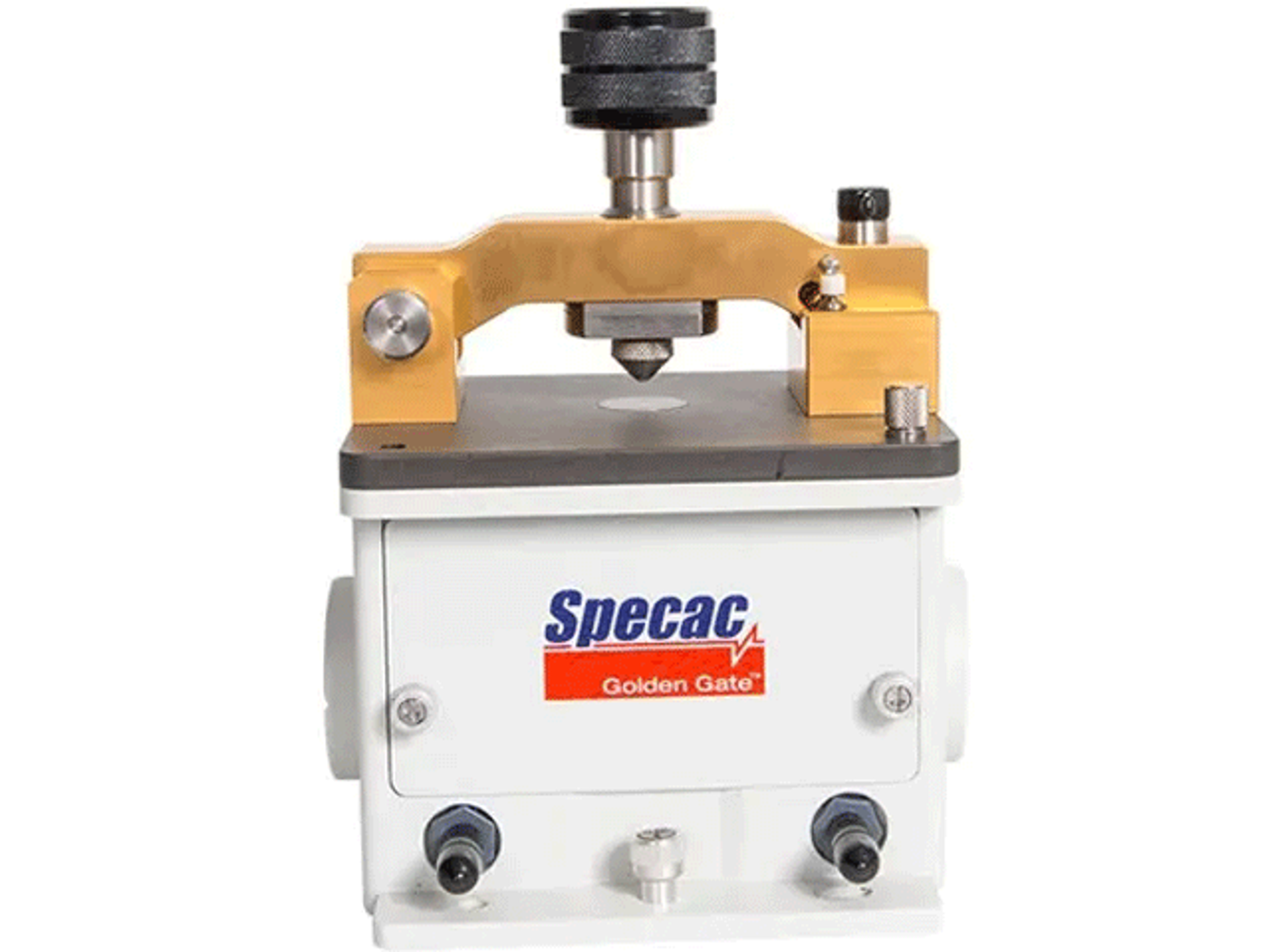Prescreening of Collagen Content in Archaeological Bone Samples at the University of Oxford
Learn about the spectroscopic methods used by Dr. Fiona Brock in collaboration with Historic England
15 Jan 2017

Image: ©Science Museum, London, Wellcome Images and used under this license.
Dr. Fiona Brock, former Lab Chemist at the Research Laboratory for Archaeology and the History of Art at University of Oxford, spoke to SelectScience® about archaeological research that she published, in collaboration with the Scientific Dating Team at Historic England.
The research focused on developing an efficient prescreening technique for bone samples that would determine suitability for radiocarbon dating. Historic England work in collaboration with several laboratories to analyze samples from archaeological sites, which ensures good quality control of the dating analyses. The research study tested a number of prescreening approaches on archaeological bone samples and concluded that the percent nitrogen content was the best indicator of collagen preservation, for radiocarbon dating.

The Scientific Dating Team at Historic England oversee scientific dating as part of projects funded through the Heritage Protection Commissions Programme.
Requirement for a prescreening technique
Radiocarbon dating is a costly test, which necessitates making a sub-selection of bone samples from archaeological sites to be representative of all the chronological periods present. However, various environmental conditions, including water submersion and microbial attack, result in collagen degradation of these samples. Radiocarbon dating is dependent on the collagen content of bone samples, so a prescreening technique to identify samples containing sufficient collagen to be successfully dated could save both time and money.
FTIR spectroscopic and elemental detection
The collaborative study measured a variety of bone sample characteristics, including hardness and color, and concluded that the percent nitrogen content of specimens was the most reliable indicator of preserved collagen content. Infrared analysis was performed using Oxford Materials Characterisation Service's Varian Excalibur FTIR with a Specac Golden Gate ATR. Brock and colleagues aimed to determine a prescreen that would reduce the time and cost of analysis, while using equipment widely available in the majority of analytical laboratories. FTIR is a very common analytical technique and, in combination with the Specac ATR, only a small amount of bone powder, with minimal sample preparation, was required to generate infrared spectra. Other analysis types often require additional sample preparation steps, such as generating a pellet, which can be more time-consuming and difficult. Subsequent elemental analysis, using mass spectrometry, determined that the percent nitrogen content of the bone samples was the most robust indicator of the collagen content, and therefore predictor of successful radiocarbon dating.
Using the ATR, where you only use a small amount of powder, gives you speed for screening lots of samples
Dr. Fiona Brock University of Oxford
Current projects
Dr. Brock is now a Lecturer in Applied Analytical Techniques at Cranfield University, where she uses a variety of analytical methodologies, including inductively coupled plasma mass spectrometry (ICP-MS) and micro-CT, to investigate archaeological provenances. She maintains her interest in the environmental effects on bone sample collagen preservation but also uses her analytical expertise to investigate more diverse areas, from historical sources of pigments to dating prehistoric materials from the Caribbean and South America. Dr Brock strongly believes that effective training and understanding of existing laboratory analytical equipment is key to getting the most out of techniques and maximizing experimental outputs, as well as costs.
Visit the Historic England website and the to find out more about scientific dating.
Do you use similar analytical techniques? Tell what you think, leave a product review today!

